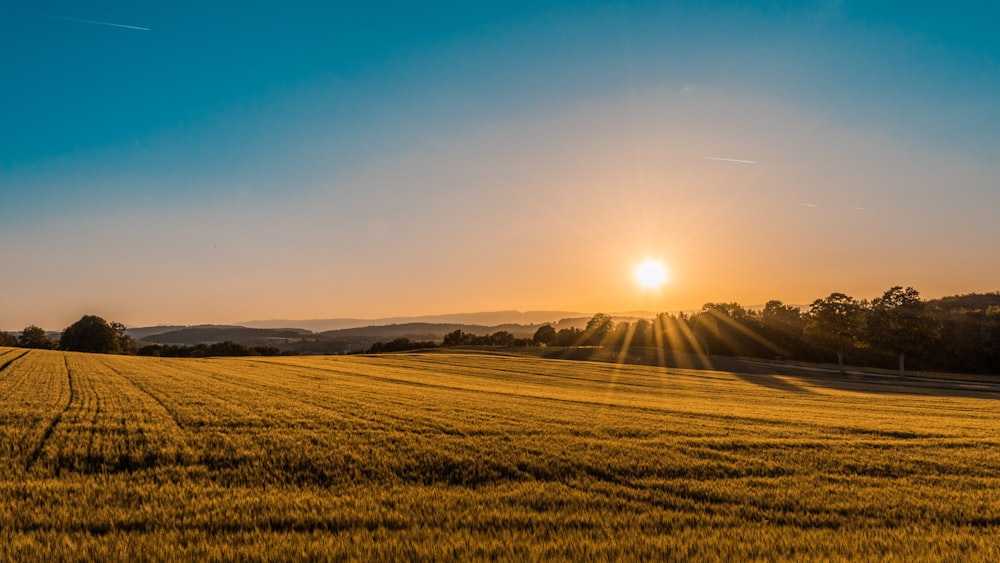The Hidden Gap in India's Maize Fields
Why Better Farming Techniques Aren't Reaching Farmers
In the heart of Rajasthan's Agro-Climatic Zone IV A, a silent revolution in maize farming is struggling to take root. While agricultural scientists have developed impressive technologies to boost maize yields, these innovations often fail to reach the farmers who need them most.
Yield difference between high and low adopters
Farmers surveyed across 16 villages
Improved technologies assessed
Understanding Agro-Climatic Zones
To comprehend the challenge in Rajasthan's maize fields, we must first understand the concept of agro-climatic zones. These are geographical areas classified based on their unique combination of climate, soil, and topography—factors that collectively determine what crops will thrive and which farming practices will prove most effective 5 .
Semi-Arid Conditions
Limited and unpredictable rainfall patterns that challenge traditional farming approaches.
Temperature Extremes
Stressful conditions for crops at critical growth stages requiring adaptive technologies.
The Knowledge-Practice Gap
At the heart of this issue lies what researchers call the "knowledge-practice gap"—the puzzling disconnect between what farmers know they should do and what they actually practice in their fields.
Knowledge vs Practice Gap in Key Areas
Uncovering the Why: Research Methodology
To understand why improved maize technologies weren't being adopted, researchers designed a comprehensive study that combined multiple investigative approaches.
Structured Surveys
Comprehensive interviews with 480 maize-growing farmers across 16 villages to document adoption levels of 16 key improved technologies.
Knowledge Assessment
Evaluation of farmers' understanding of each technology, including correct application methods and timing.
Practice Documentation
Field visits to verify reported practices and assess implementation correctness.
Constraint Analysis
Open-ended discussions about perceived barriers including economic, informational, and practical concerns.
Yield Measurement
Documentation of productivity outcomes to correlate adoption patterns with agricultural performance.
What the Research Revealed
The findings revealed a complex landscape of technology adoption, with some practices widely embraced while others remained neglected.
Adoption Hierarchy
Yield Impact by Adoption Level
Immediate Results
Technologies with visible short-term benefits had higher adoption rates.
Cost Sensitivity
Low upfront costs significantly increased likelihood of adoption.
Compatibility
Technologies fitting existing practices were more readily adopted.
The Scientist's Toolkit
Agricultural research relies on both cutting-edge technologies and time-tested field methods to generate reliable insights.
Soil Sampling Kits
Used to collect representative soil samples for analysis of pH, nutrient content, and microbial activity.
Water Testing Equipment
Portable kits for assessing water quality and potential contamination 6 .
Growth Measurement Tools
From simple calipers to sophisticated leaf area meters that quantify plant health.
Bridging the Gap: Pathways Forward
The research findings point toward several promising strategies for bridging the troubling gap between knowledge and practice.
Tailored Communication
- Segment farmer audiences
- Develop appropriate messaging channels
- Use local demonstration plots
- Engage progressive farmers as champions
Economic Solutions
- Scalable financing models
- Group ownership for expensive equipment
- Risk mitigation mechanisms
- Strengthened market linkages
Systemic Enablers
- Policy support for inputs & infrastructure
- Strengthen local institutions
- Integration of digital technologies
- Continuous feedback mechanisms
Cultivating Change: The Path Forward
The gap between knowledge and adoption of improved maize technologies represents untapped potential for improving livelihoods, strengthening food security, and enhancing environmental sustainability.
Closing this gap requires moving beyond the simplistic notion that farmers just need more information, and instead addressing the complex interplay of economic, social, and practical factors that shape agricultural decisions.
